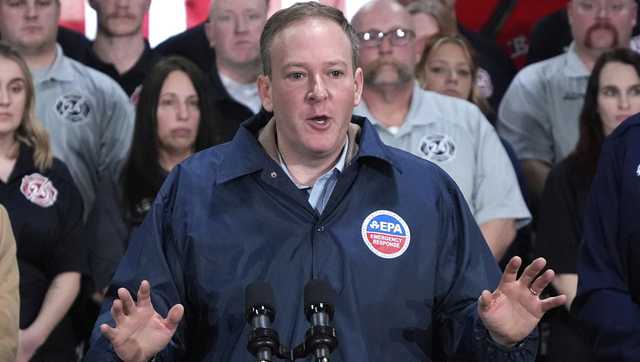Hidden Loopholes: How EPA Waivers Could Compromise Public Safety and Ecosystem Health

In a controversial move, the Trump administration is proposing a lifeline for coal-fired power plants and industrial facilities struggling with environmental regulations. The new policy would create a pathway for these polluters to potentially sidestep existing rules that mandate reductions in hazardous chemical emissions.
Under the proposed exemption, industries would gain more flexibility in managing their release of dangerous toxins, including mercury, arsenic, and benzene - substances known for their significant health risks. This approach marks a significant shift from previous environmental protection standards, potentially allowing companies to circumvent stringent emission control requirements.
Environmental advocates have quickly criticized the proposal, arguing that it could compromise public health and undermine years of progress in reducing industrial pollution. The move appears to align with the administration's broader agenda of reducing regulatory burdens on industrial sectors, particularly those in the energy and manufacturing industries.
Critics warn that such exemptions could expose communities to increased health risks, while industry representatives argue that the current regulations are overly restrictive and economically burdensome. The debate highlights the ongoing tension between environmental protection and industrial economic interests.
